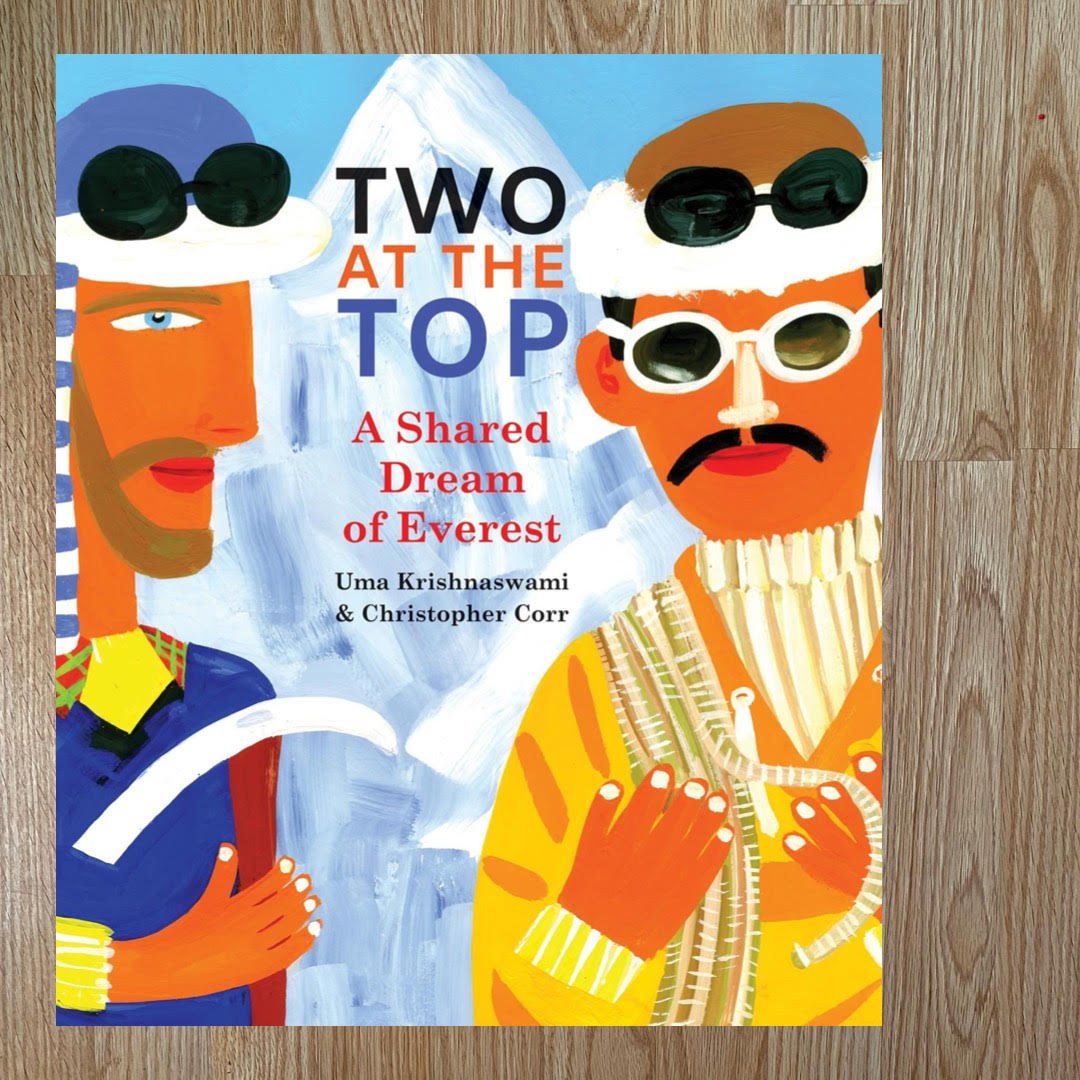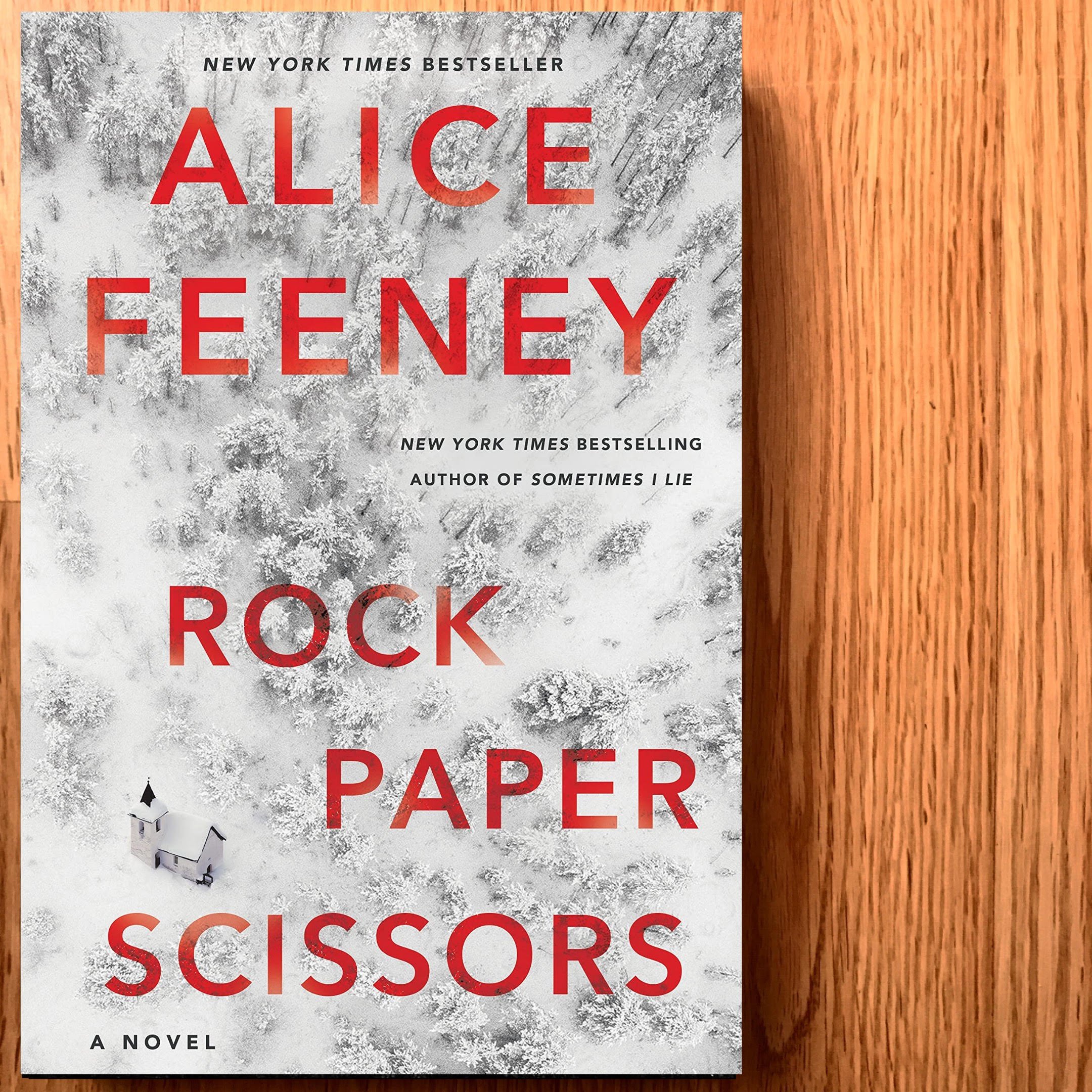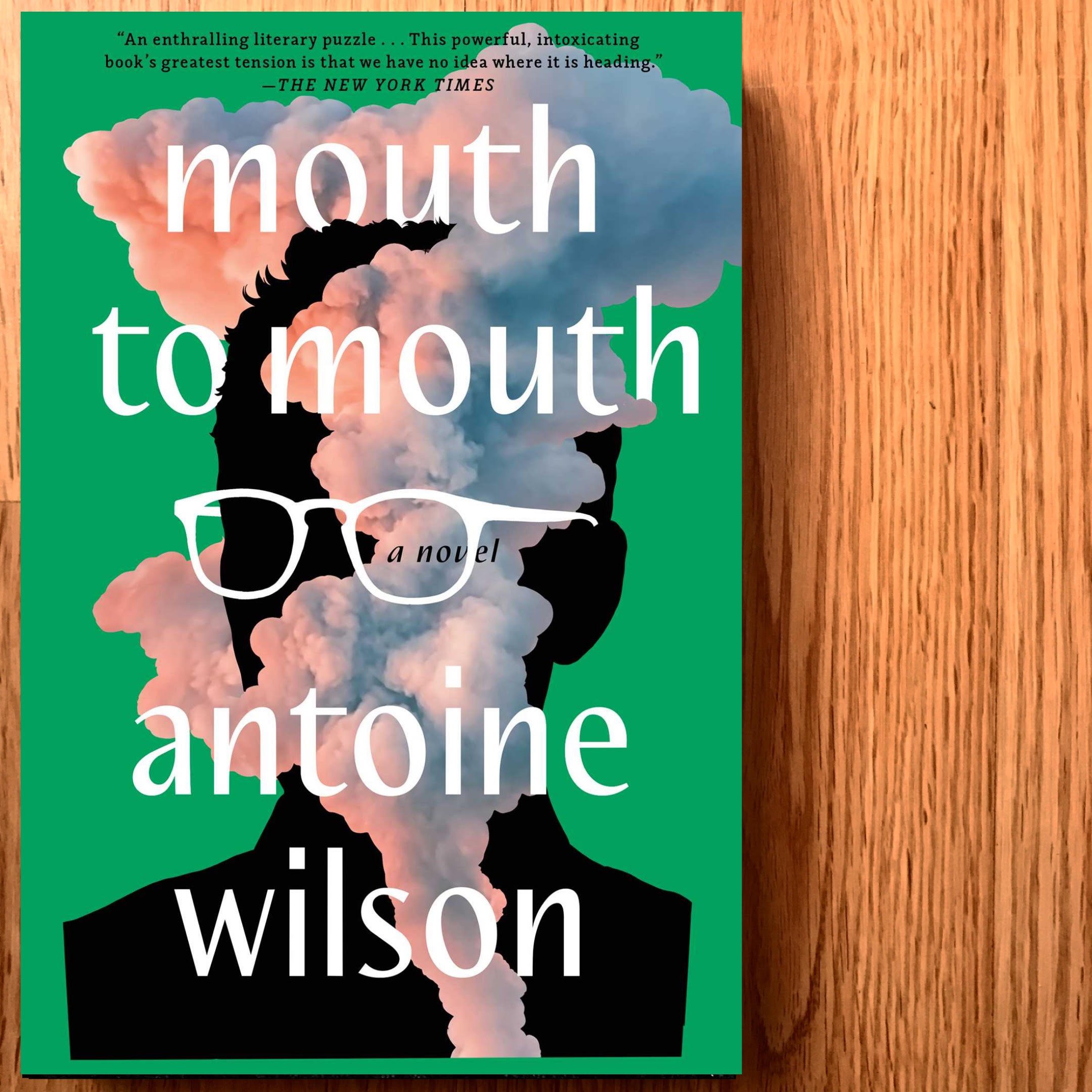By Robyn Rossit
How can you put a price on love? Finding herself in debt, Haley McGee finds the solution to her monetary struggles—a yard sale. However, the only items she has of value were gifts from ex-boyfriends. But how do you price an item when you have so many memories, both those of joy and those of pain associated to them? Do miserable times increase the price as compensation for suffering, or does it make the item worthless? Gambling on a larger payout, Haley decides to ask a mathematician for help to create a formula to determine the cost of love. Between her own memories and interviewing her ex-boyfriends, she ends up with a formula with eighty-six variables. Fuelled with heartbreak and raw emotion, The Ex-Boyfriend Yard Sale is a unique reading experience.
The Ex-Boyfriend Yard Sale takes the reader on Haley's journey to complete her impossible-seeming task to make a formula that calculates the cost of love. Each chapter is dedicated to a different component of said formula, such as narrative impact, wild cards, and of course, a rose tint corrector. I have to admit, I am not mathematically inclined at all, so the fine details of the formula went a little over my head, but I still appreciated the journey and found it fascinating seeing Haley and her mathematician friend Gemma create something out of nothing. I really enjoyed Gemma and her never-ending patience for the many, many additions made to the formula along the way. She has the patience of a saint.
I found Haley's interviews with her ex-boyfriends to be insightful. It allowed the reader to gain their perspective, particularly when it came to what happened in the relationship and why it broke down. I found expectation versus reality to be a large theme in Haley's journey, so I found getting to see both sides interesting.
Haley is raw and honest in re-telling her story, which I greatly admire. The Ex-Boyfriend Yard Sale is written conversationally so that the reader feels like they are there alongside her. It cannot be easy to openly dissect your own relationships and put them out there for the world to critique. Certainly her story is going to resonate with many readers. If you’re curious about the cost of love, give it a read! She even includes her formula if you are wanting to give it a try! It certainly is the most unique memoir I have read to date.
Thank you, Penguin Random House Canada, for the complimentary copy in exchange for an honest review.





















